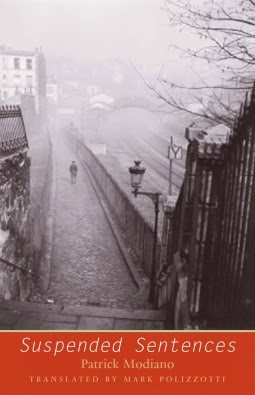 The Normandy diary of Marie-Louise Osmont. 1940-1944 by Marie-Louise Osmont; Introduction by John Keegan; Translated by George L. Newman
The Normandy diary of Marie-Louise Osmont. 1940-1944 by Marie-Louise Osmont; Introduction by John Keegan; Translated by George L. NewmanRandom House, 1994, 118 pages
Library Book
This amazing diary begins with an entry dated August 6, 1940: "First occupation of the Château de Périers by the Germans; altogether, two non-commissioned officers and four enlisted men." The diary goes on with a few entries for 1940, 1942, and 1943 as the occupation by German troops escalated and the château and its grounds were taken over by provisions, tanks, foxholes, and trenches. Marie-Louise, a fifty-year old widow is allowed to live in one room of the château. This is not a large château, but rather what might be thought of as a manor house.
The diary really picks up in February 1944 and from that point on there are nearly daily entries covering events leading up to D-Day, the departure of the Germans, and the occupation of the property by British troops. The final entry is for August 17, 1944.
The village of Périers is located about three miles inland from the beaches of the D-Day invasion, about midway between Caen and the coast. It was in the middle of the action of June and July of 1944.
Through it all, Marie-Louise perseveres. She is wounded, she sleeps (when the noise of war allows for sleep) in trenches or in a makeshift shelter under her stairway, and endures news of friends lost in the battles that rage around her. She visits nearby villages and towns and describes the devastation she sees. She bicycles to the coast and views the comings and goings between land and naval forces.
Some of the most interesting entries are when she describes the soldiers that have overtaken her home. She is a shrewd observer; her comments on the likeness and differences between the German and British troops are fascinating. How she manages to get along with each wave of troops, try to protect her property, and still maintain some dignity is a testament to the human ability to survive the unthinkable.
Because the diary ends rather abruptly, I was curious about this astute observer and her home; wondering what happened after the war. So I did some Google searches and didn't find out much more about her. I did find a few sites about the village, the most informative being The widow and the battle for Caen . It includes photos from the war, recent pictures of the village, and a number of excerpts from the diary.
An excellent read!
For French Bingo Challenge (square D2)


